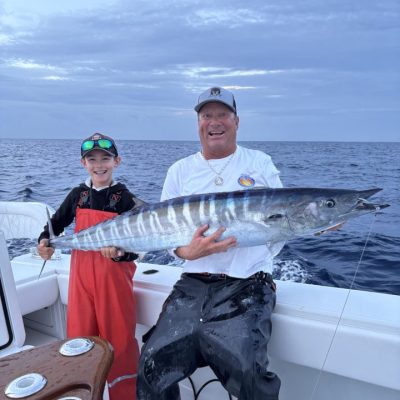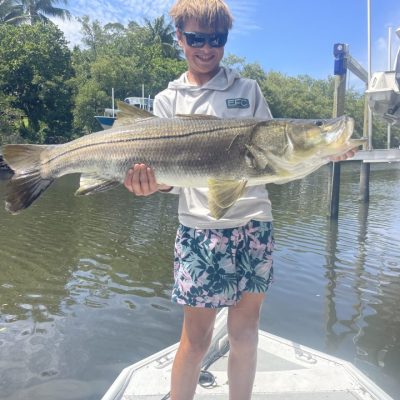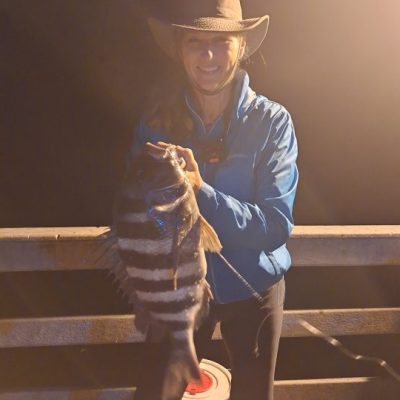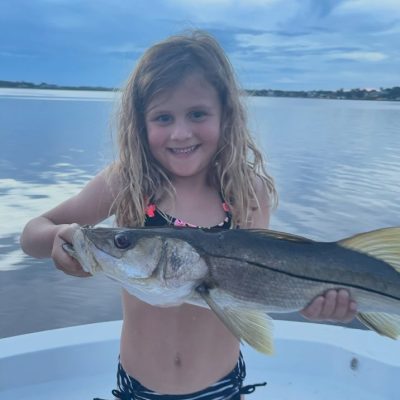Conservation
Environmental and waterway news.
Latest in Conservation
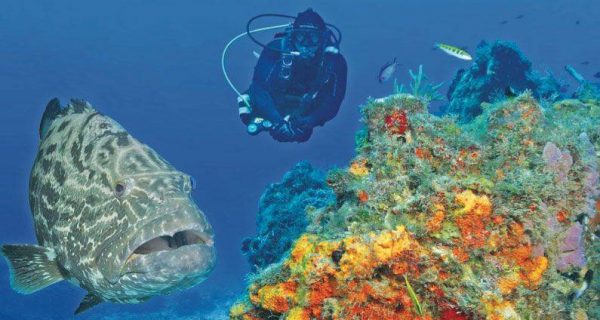
Goliath Grouper
Recently while out scuba diving to collect marine specimens for universities, the staff at GSML saw a goliath grouper.Conservation When it Counts
If you’re worried about the future of striper stocks, now’s your time to make a difference...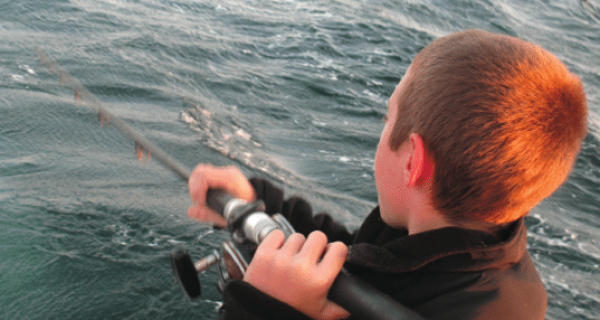
Kids Fishing – Sowing the Next Crop
I have, since the birth of my daughter, Kaya, who is now the age of four, taken on a whole new view of a topic which used to trigger my gag reflex.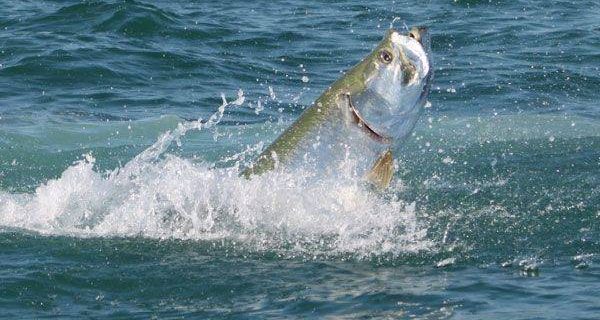
Tarpon Mysteries Revealed Through DNA
Fish tagging and marking is a common tool in fishery science and is used to obtain important information about a fish species.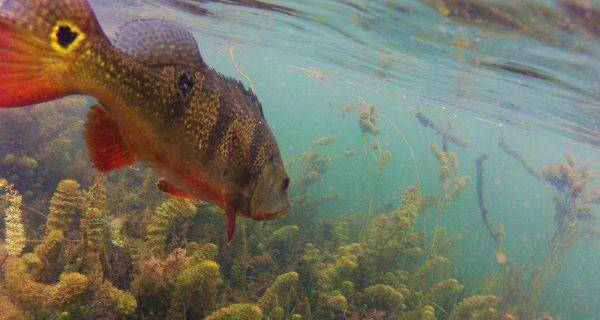
It’s Time To Go Non-Compliant On Red Snapper: The Broken System Can’t Work
The Gulf of Mexico Fishery Management Council, at its April meeting and under the hammer of the Federal Courts, declared the ridiculous recreational season for red snapper to be eleven days. As reported last month in this column, the Council had no choice. The recreational quota had been exceeded for the sixth time in seven years.

